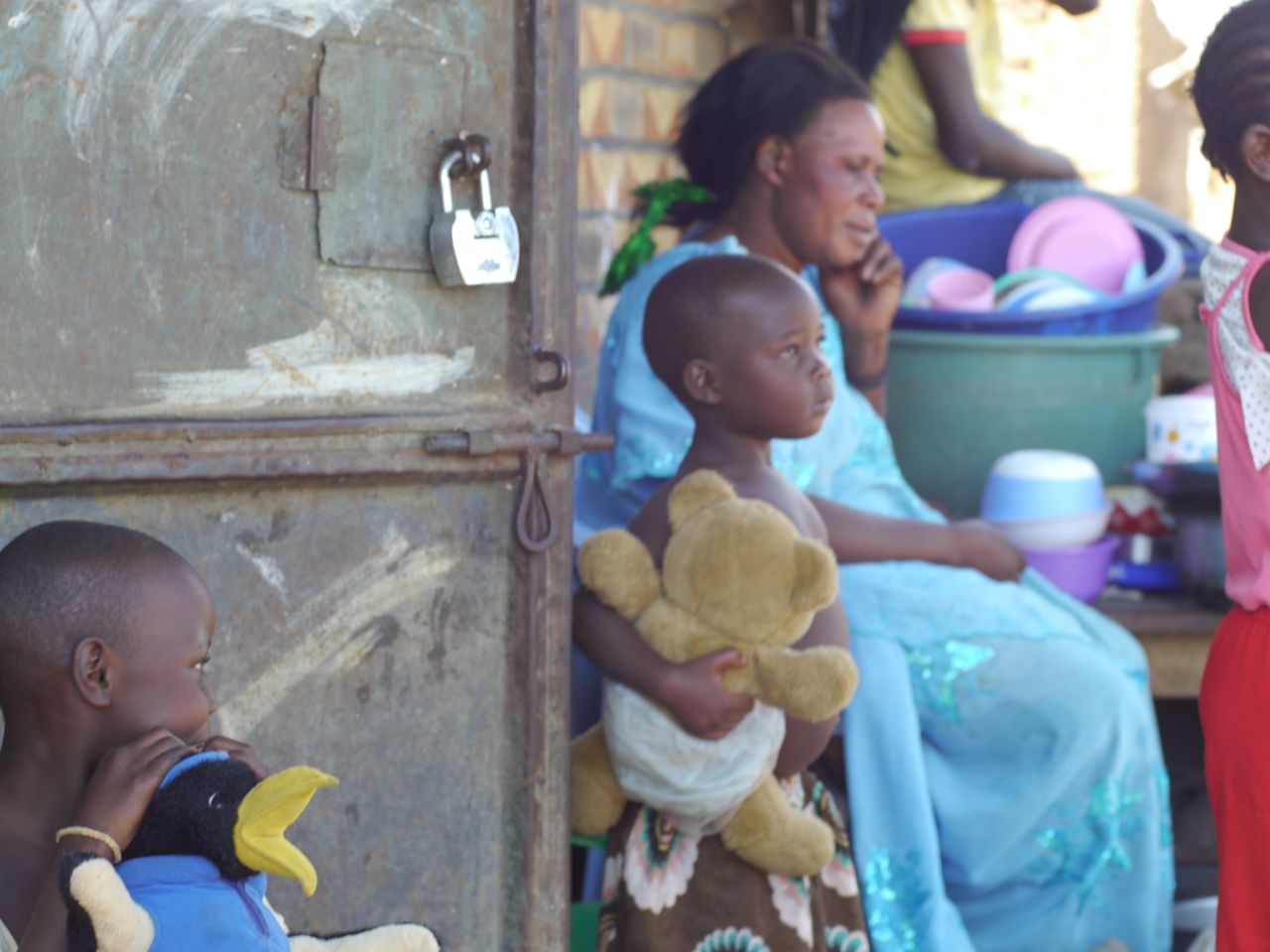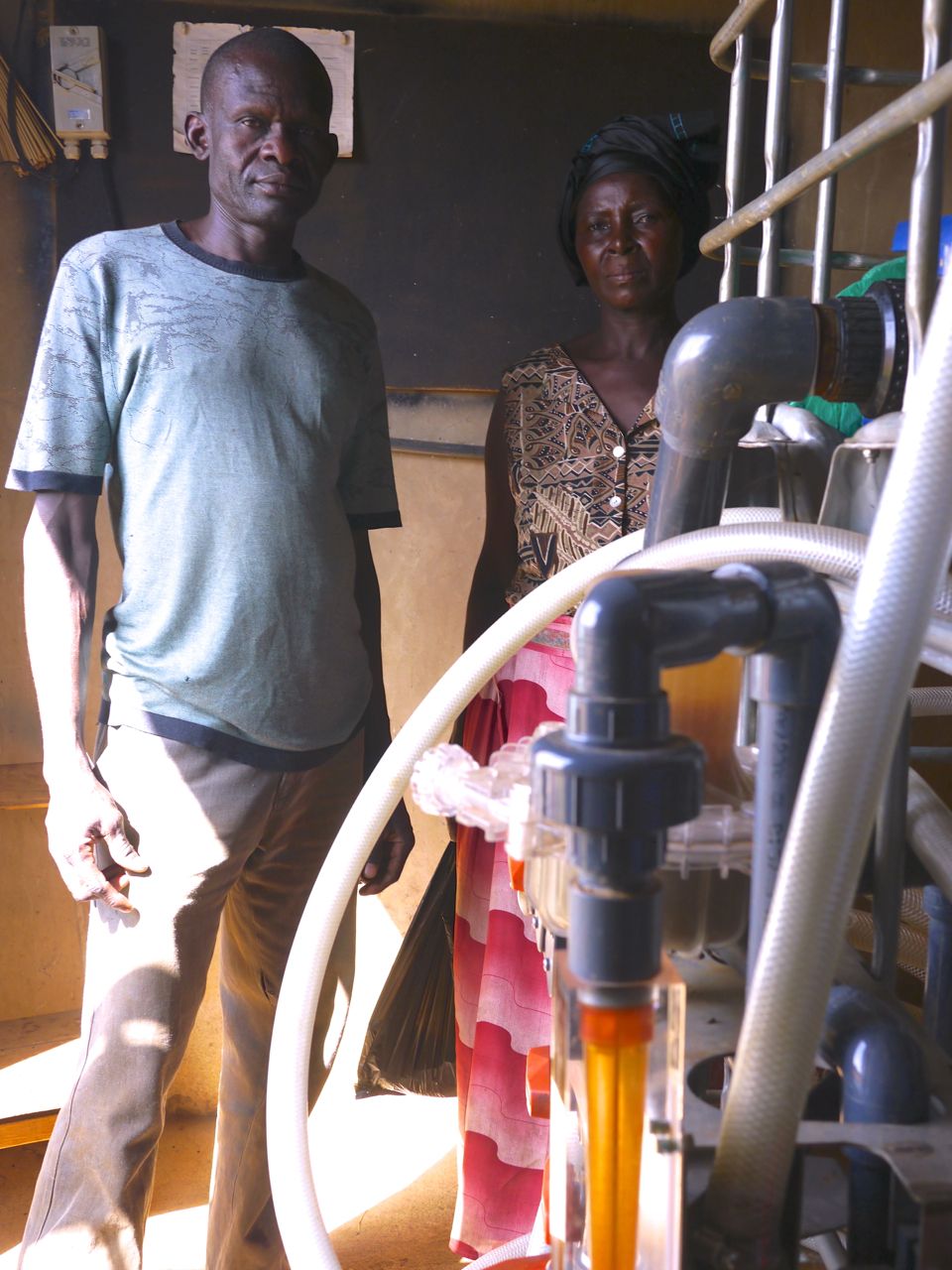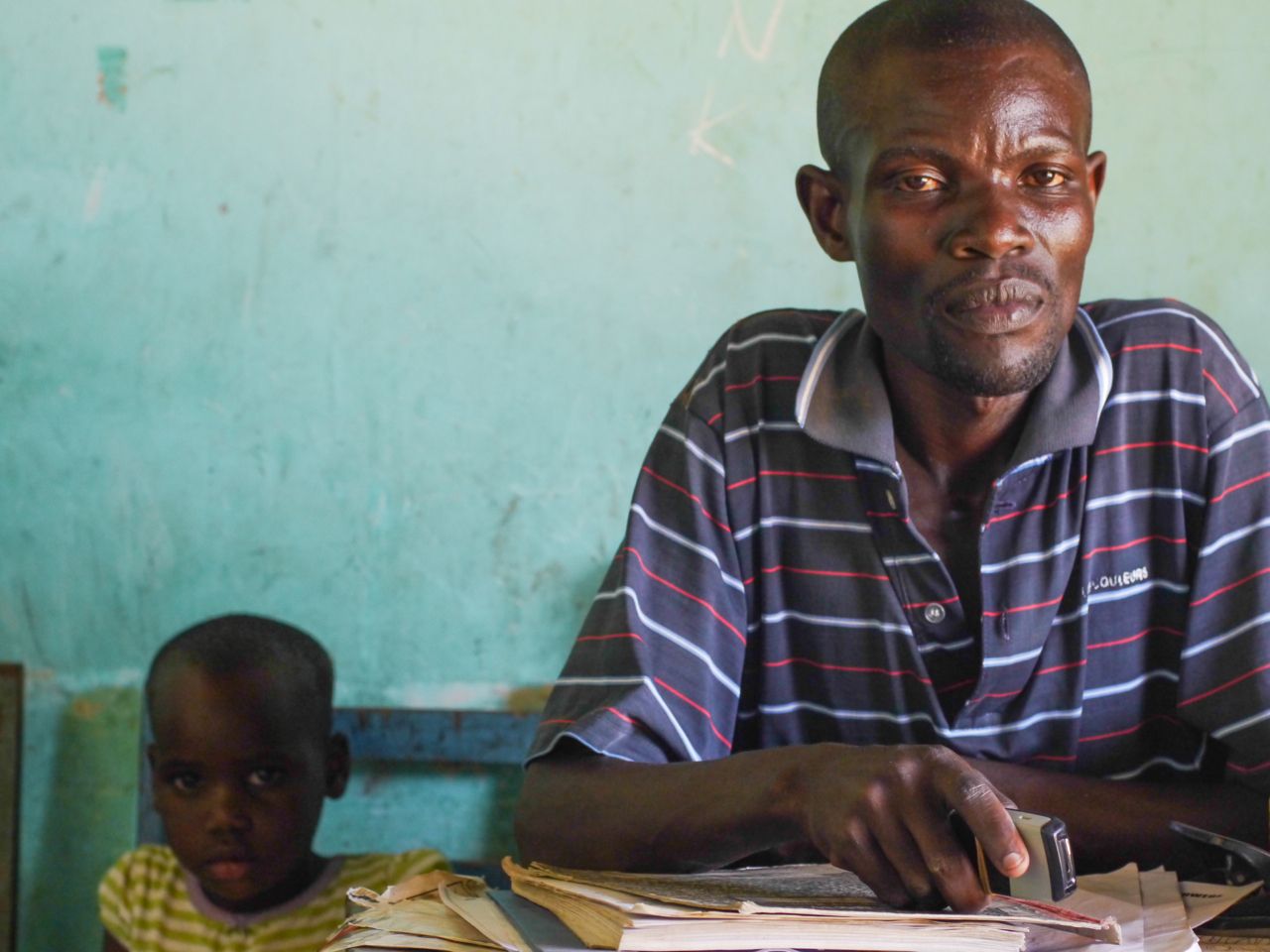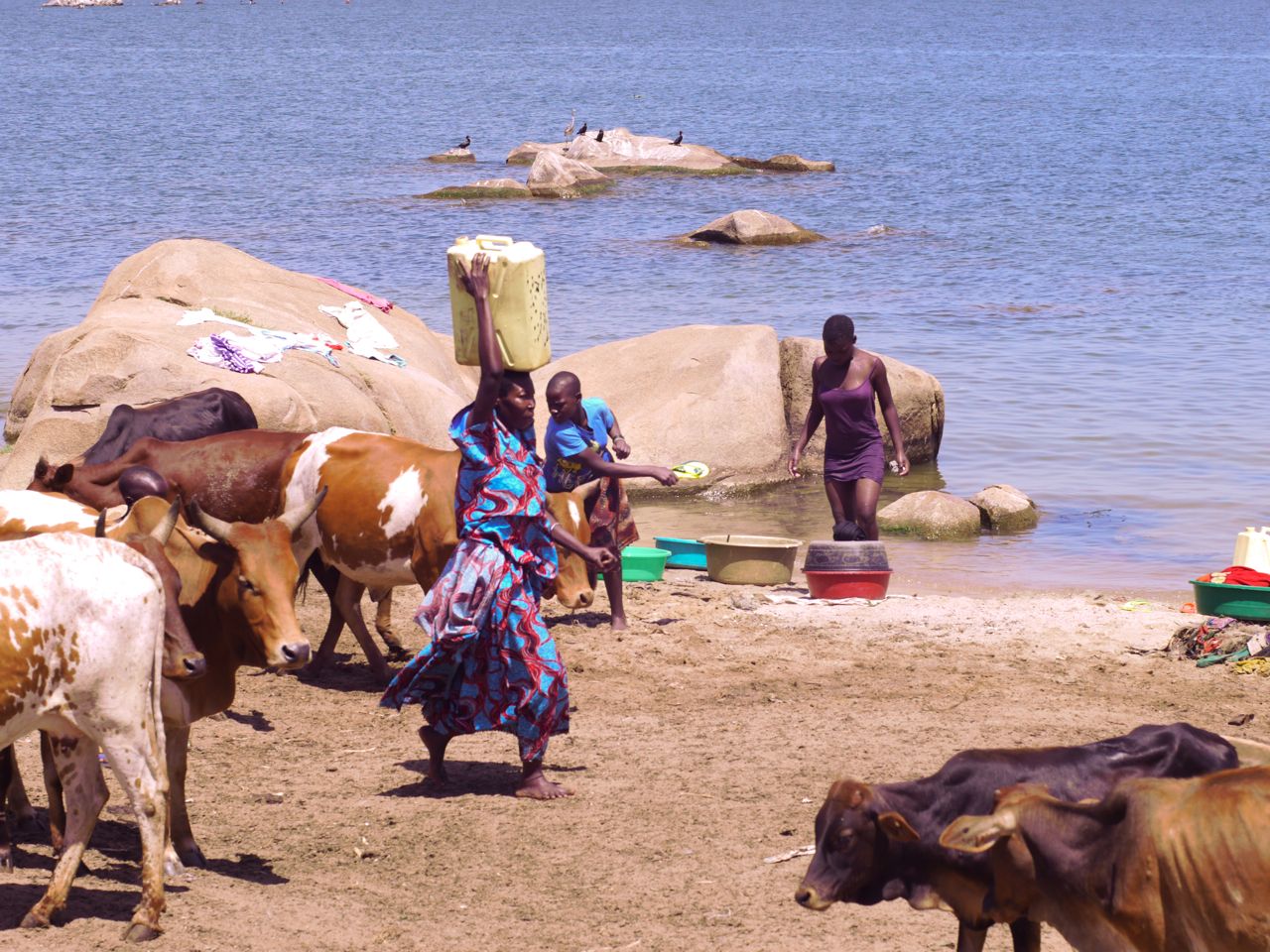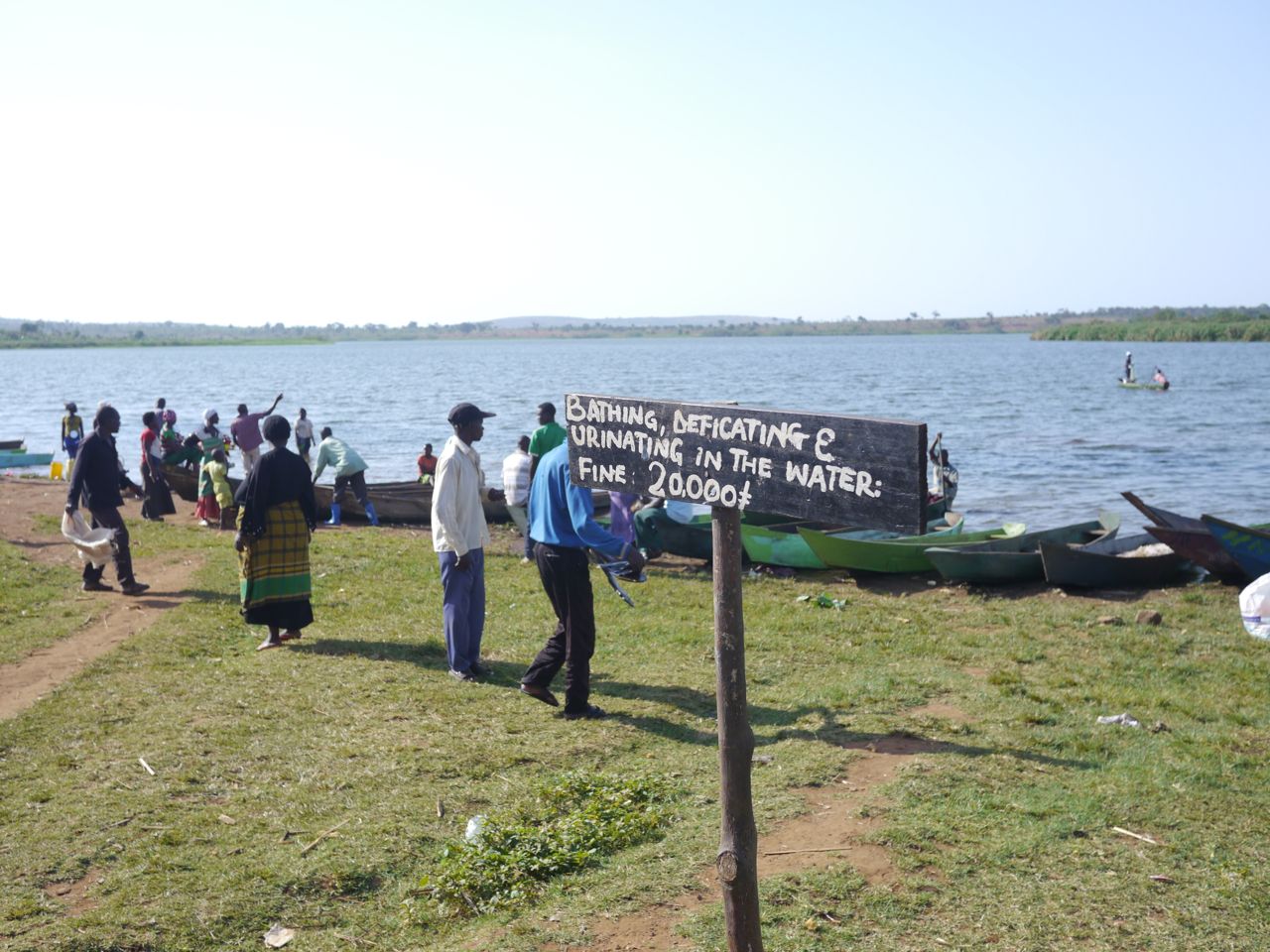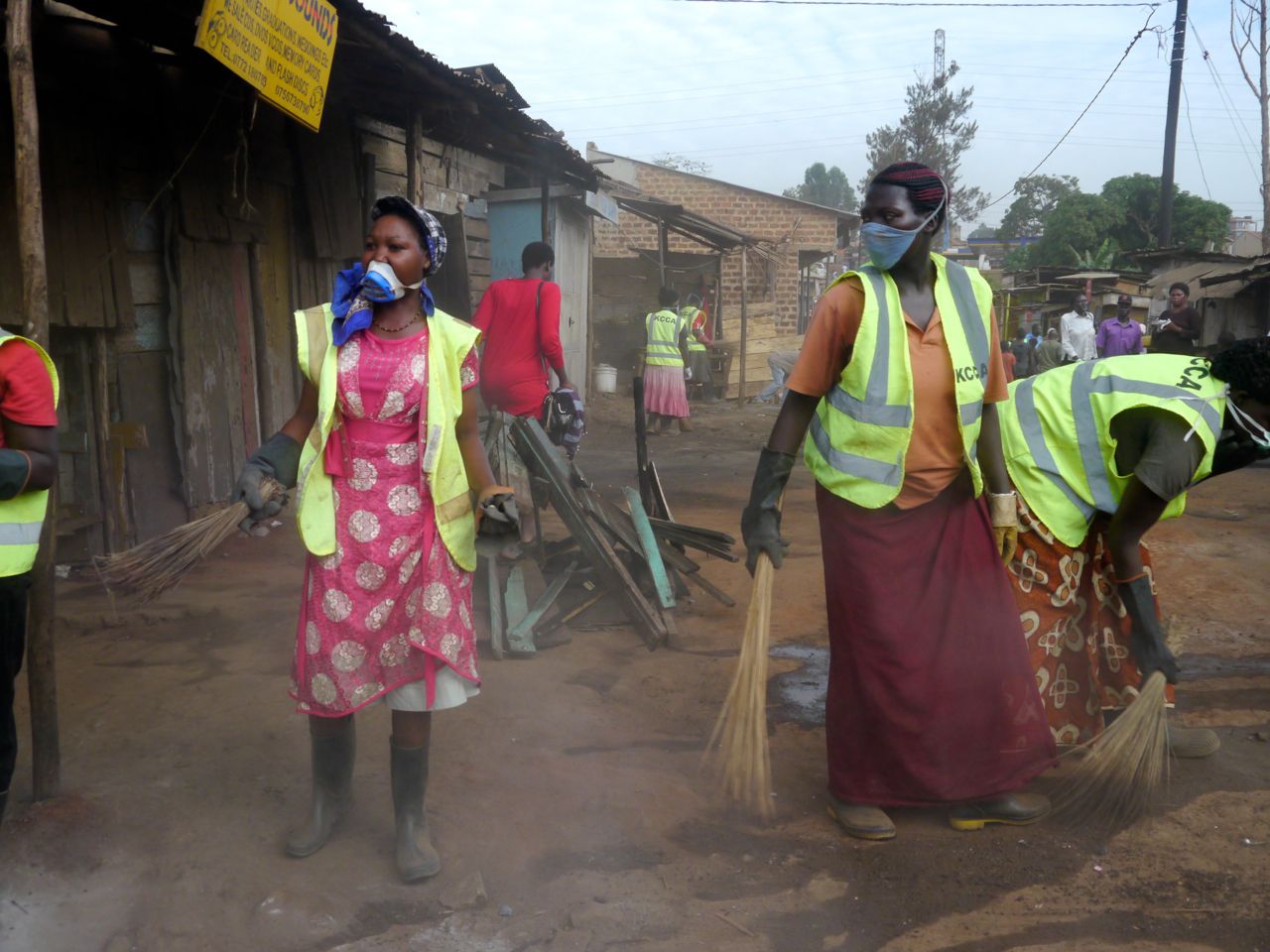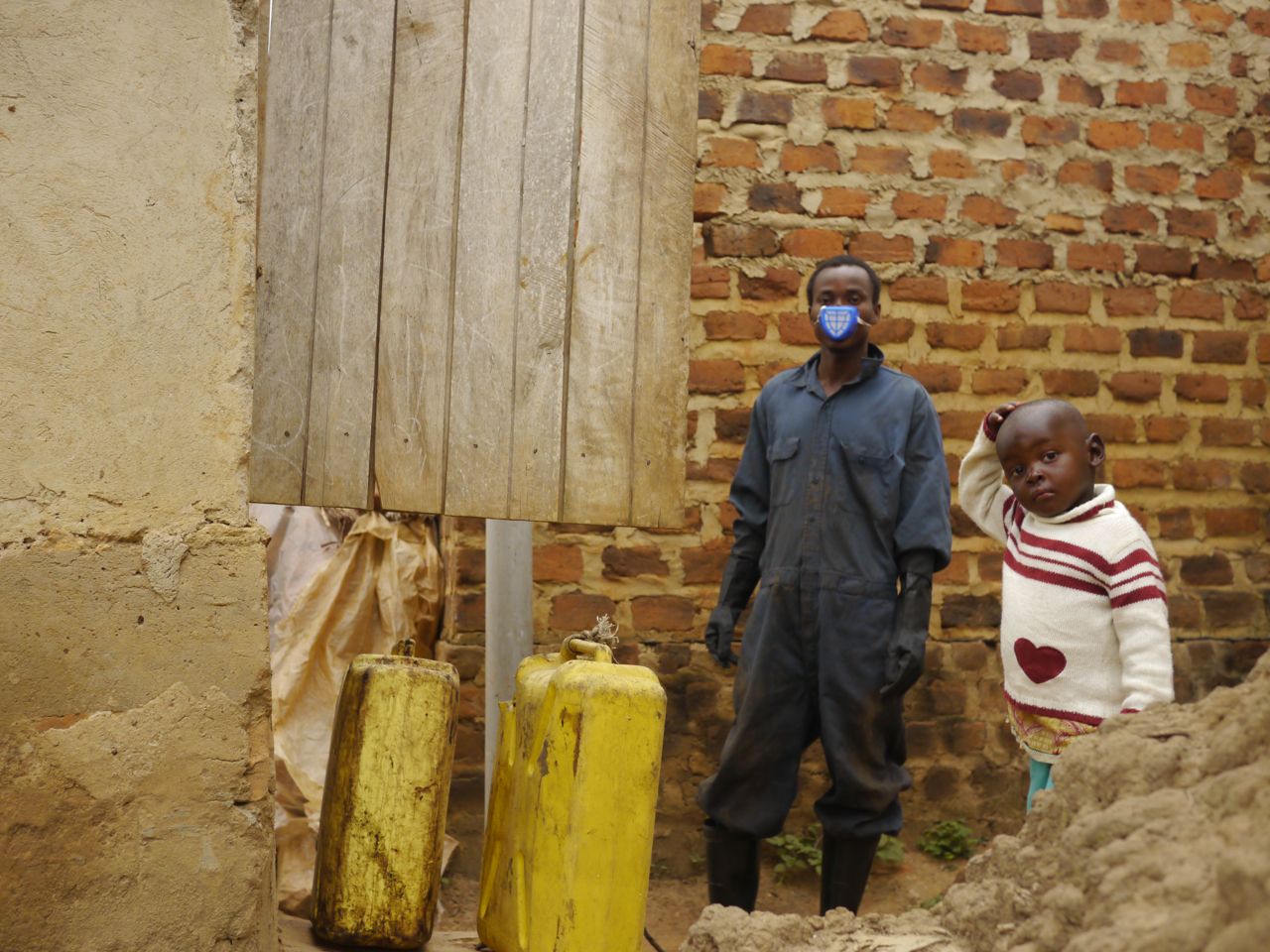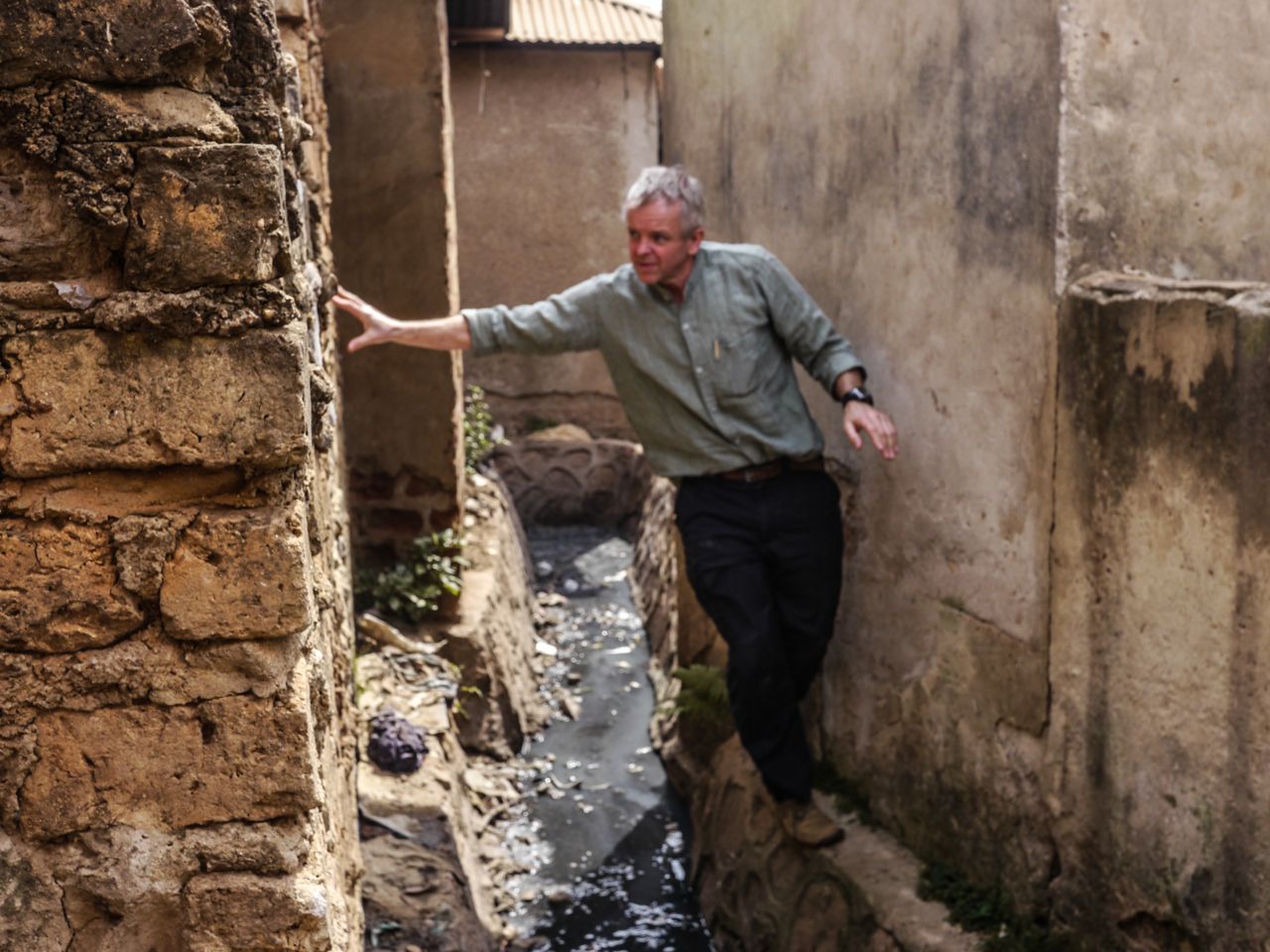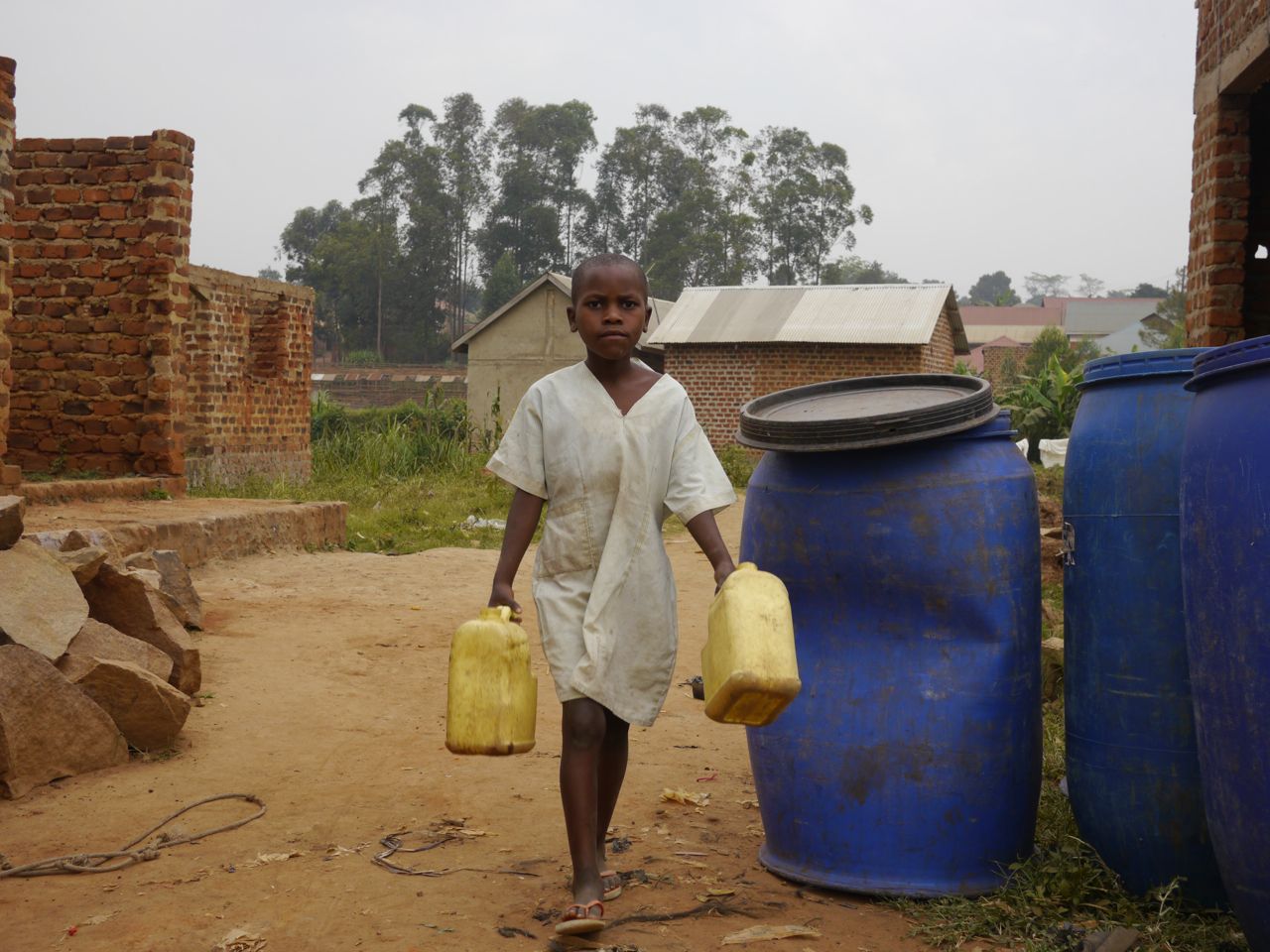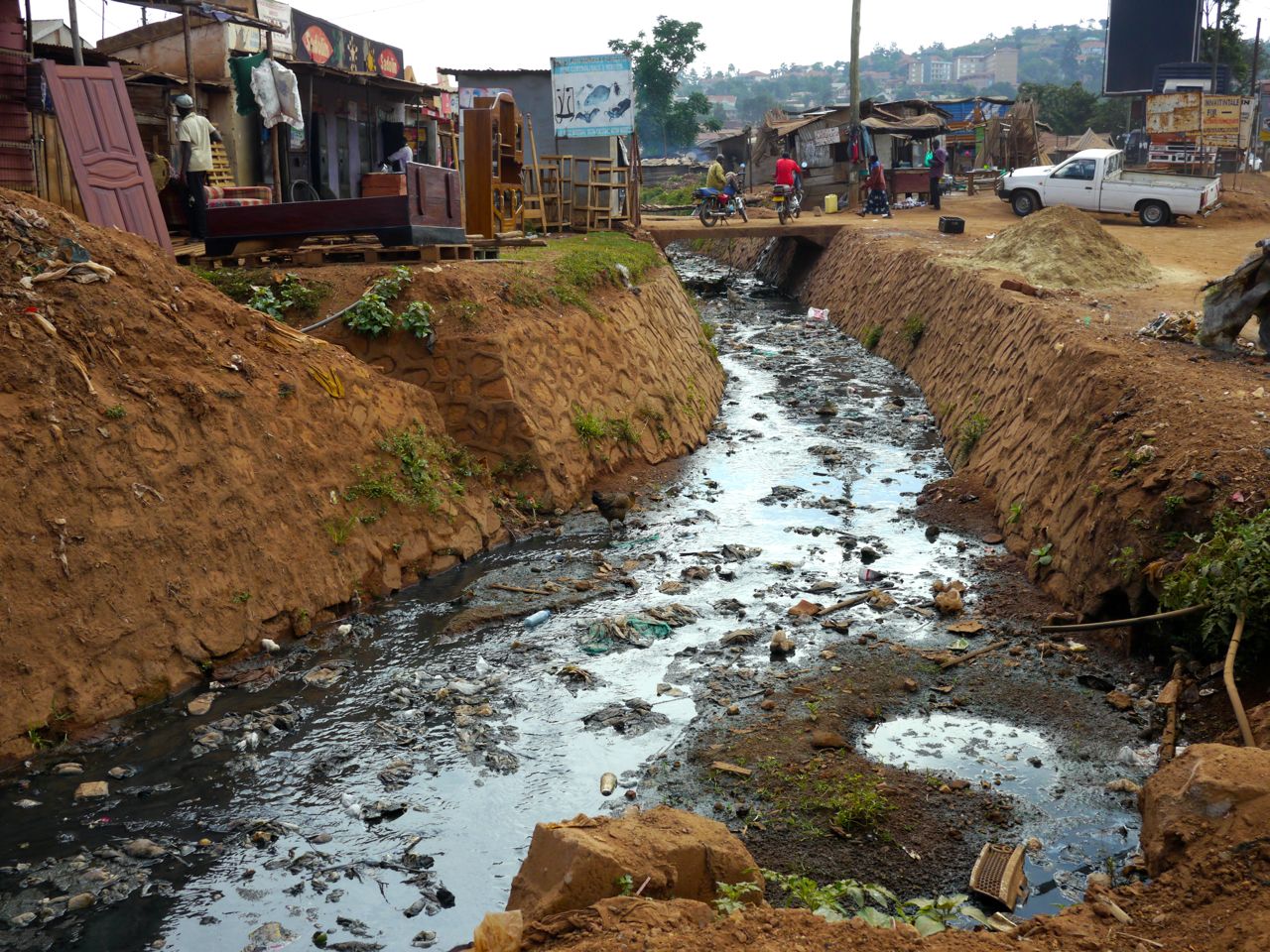September 12, 2014 | Pulitzer Center
Uganda is in a sanitation crisis, one that affects the country's health in the most fundamental ways. One consequence is that thousands of people suffer from schistosomiasis, a neglected disease that affects the poor. It is directly related to Uganda's poor sanitation—about two-thirds of the populace does not have access to improved sanitation facilities.
This is a preventable problem. International aid agencies and development banks are working with government to expand the sewer systems, while NGOs are working with local entrepreneurs as well as international companies to find ways to make the existing pit latrines safe and sanitary.
